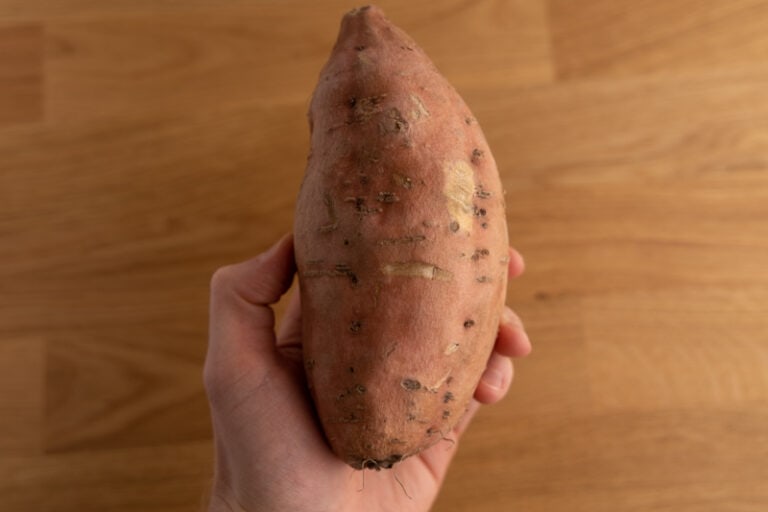How to Tell if Kale Is Bad? [4 Spoilage Signs]
Got a bunch of kale on hand and wondering if it’s still okay to eat? How do you tell if kale is bad?
Knowing whether your kale is okay to use or not isn’t rocket science, but there are a couple of things to remember. And that’s what we cover in this article.
Let’s jump right in.
How to Tell if Kale is Bad?
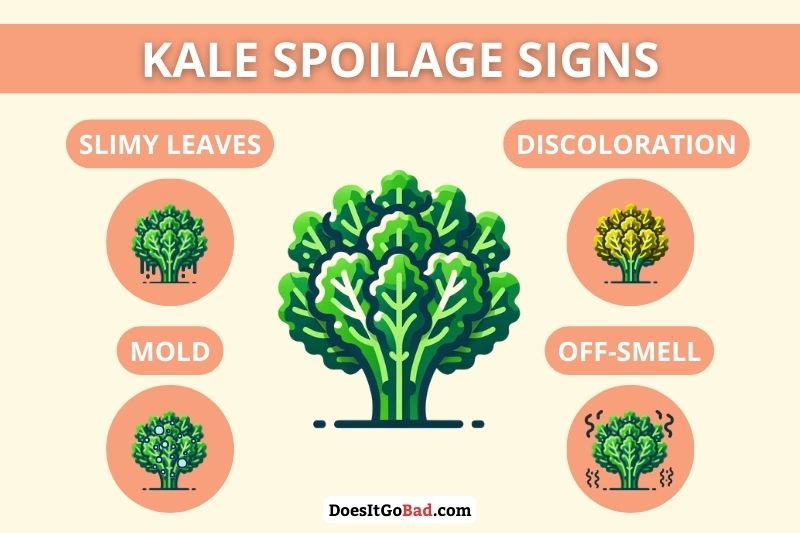
Toss your kale if the leaves are slimy or discolored, it has an unpleasant smell, or it’s moldy. Slightly wilted leaves and ones that are pale green or starting yellowing are okay to use, but those are sure signs your kale will spoil soon.
That’s the kale spoilage 101. Now, let’s dive into the details.
Slimy Leaves
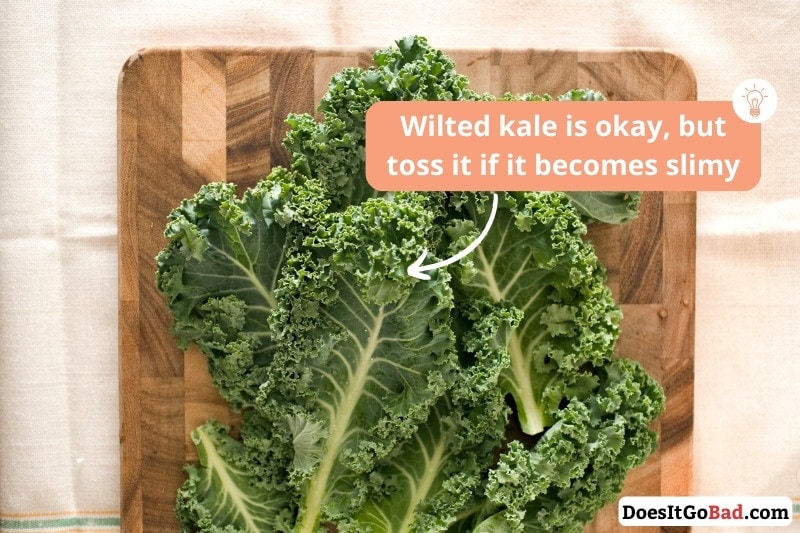
Slimy kale is the most common way kale goes bad. The leaves wilt, then darken, become slippery, and end up wet and slimy. If your kale has gotten to that point, toss it. But if there are only a couple of slimy leaves here and there, you can cull them and use what’s left.
The process described above starts with the kale leaves losing their crispness (or, simply put, wilting) after about 4 to 7 days of storage.
(Here’s our article on the shelf life of kale, if you’re interested in how long kale stays fresh.)
Now, wilted kale is still perfectly fine to use but not the best option for a salad. That’s why I listed a couple of easy ways to use leftover old kale near the end of this article.
(Speaking of wilting, you can revive wilted kale by submerging it in ice water for 30 to 60 minutes. It won’t magically transform it into fresh kale, but it’ll help if you’re in a pinch.)
After another day or two, some of those wilted leaves start darkening, and that’s your last chance to discard the bad leaves and use up the rest of the cruciferous vegetable. And if you leave kale for another day or two, you’ll end up with slimy kale that’s no good.
Next up, let’s talk about discoloration.
Discoloration
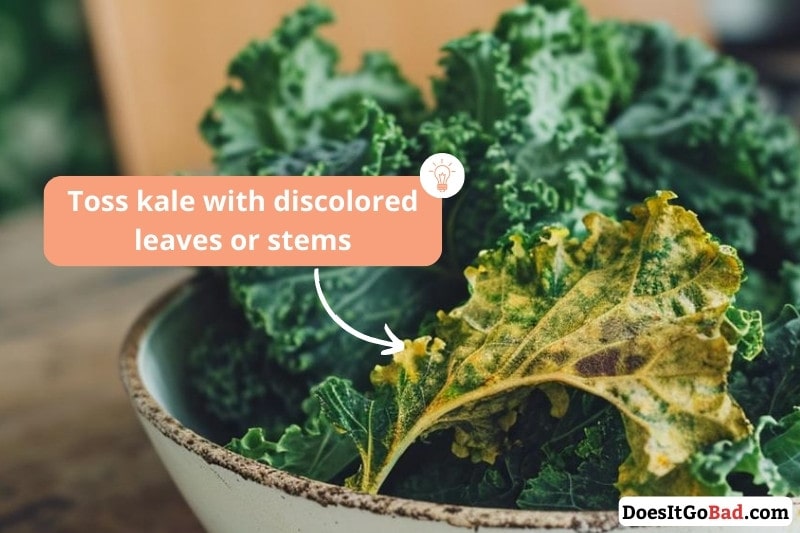
Like other leafy greens, kale can show all sorts of leaf and stem discolorations, including yellow patches on leaves or black areas on the stem. These show up when the plant is still growing, and these yellow kale leaves and black stems are discarded before the green is packaged. That’s why you rarely see these unless you grow kale on your own.
But if your kale has some yellow patches or holes in the leaves or strange black areas or dots on the stem, toss the veggie. It likely wasn’t sorted properly before it was packaged.
(Kale yellowing isn’t like broccoli yellowing; it’s typically not a result of the leafy green sitting in the fridge for too long.)
Mold
Moldy kale isn’t common, but if your leaves are super wet and there’s no way for them to get rid of excess moisture, you might find some fuzzy action in the bag. If that’s the case, toss the kale altogether, no matter if it’s only a small fuzzy spot or a full-blown mold invasion.
(That’s why leaving your bagged kale half open in the crisper drawer can be a good way to store kale.)
If what you have is cooked kale, always look for mold on the surface before reheating it.
Off Smell
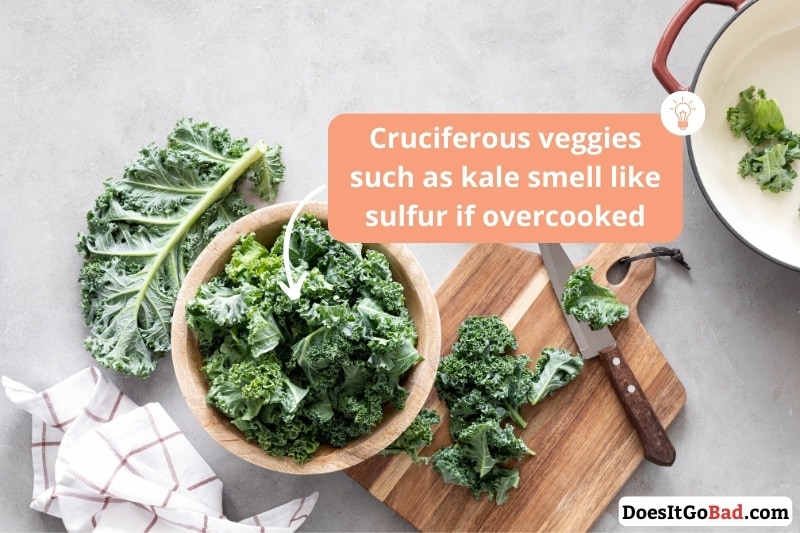
Fresh kale has an earthy aroma that’s fairly unique across plants. So if yours smells nothing like it or has a strong, foul smell, chances are your kale is bad. One caveat here is that kale tends to give off a sulfur-like smell if you overcook it, according to the Michigan State University.
So if your sauteed kale smells like sulfur, it’s because a plant chemical called glucosinolate that it contains has been broken down. That’s normal for cruciferous veggies (like (brussels sprouts)[link how long do brussels sprouts last]) and nothing to be concerned about.
With spoilage signs out of the way, let’s talk about using up that extra kale before it spoils.
What to Do With Kale That’s About to Go Bad?
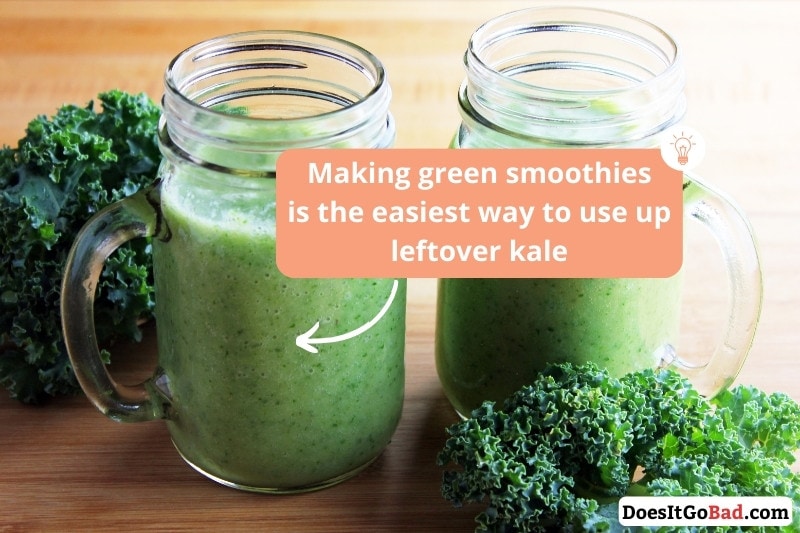
If your kale will spoil soon, the easiest ways to use leftovers are a green smoothie, sauteed kale, kale chips, or simply adding it to a stir fry, frittata, or a hearty soup. Either will quickly use up your old-but-still-okay kale.
If your kale’s quality is acceptable but nothing more than that, you don’t want to add it to a salad. That’s where the quality issues, like wilting, will be pronounced the most. But nobody will know any better if you choose the right recipe or use.
The easiest and most versatile option is to make a green smoothie. There are thousands of recipes for those online (here’s an example), and you can surely find one for whatever ingredients you have on hand.
Another simple option is to sautee the veggie. All you need is a few garlic cloves, olive oil, and some spices, and you’re off to the races (example recipe). Once cooked, you have a tasty side dish for your next dinner.
Of course, you can also make kale chips, though nobody really likes these. I’ll leave that one up to you.
As for other options, you can often find ways to sneak in some leftover kale. That’s a great option if you’re into stir-fries or cooking a frittata or a veggie soup.
Rotten Records: Share Your Snap!
Caught some food past its prime? Upload your photo to “Rotten Records” and help others spot the signs of spoilage. Every image makes our food community safer and more informed!

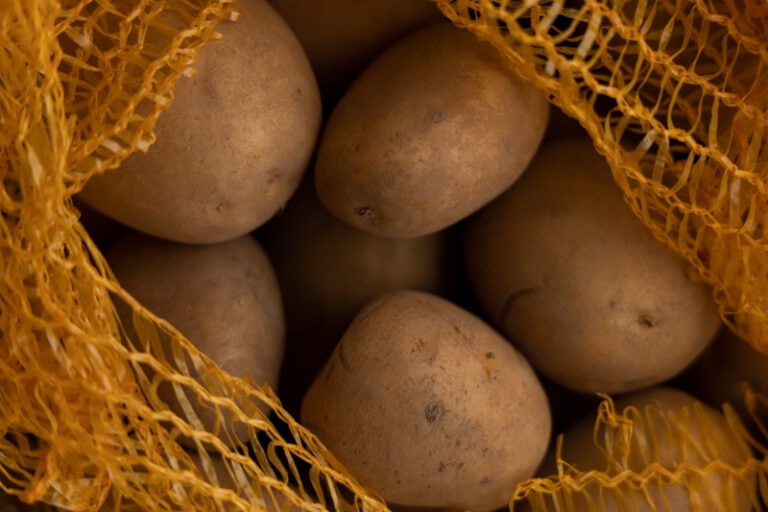
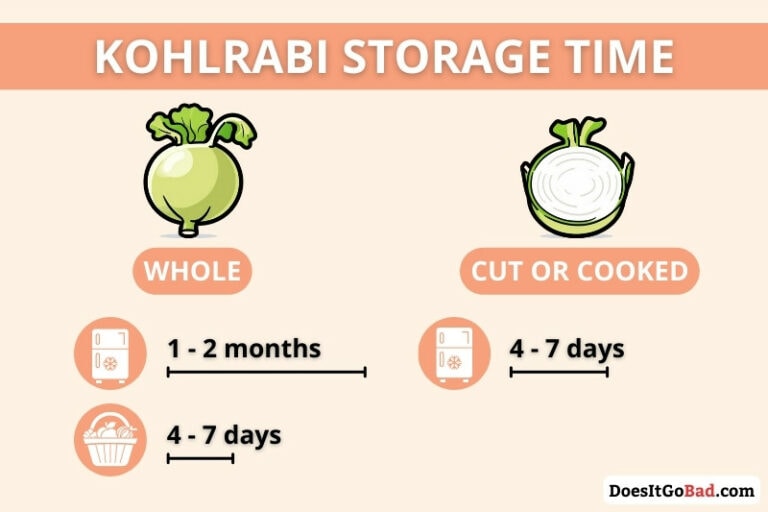
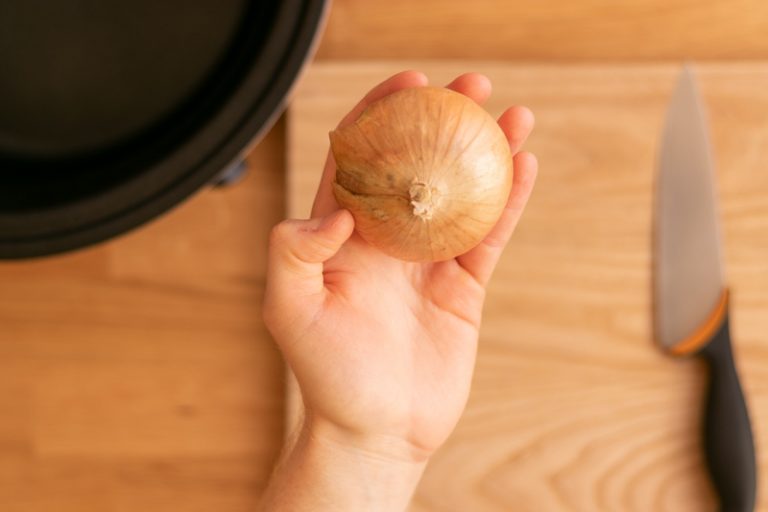
![How Long Do Carrots Last? [Whole, Cut, Cooked & Baby]](https://www.doesitgobad.com/wp-content/uploads/Carrots-in-hand-768x512.jpg)
